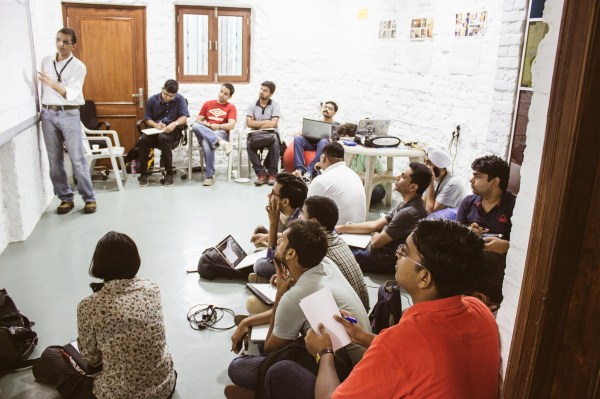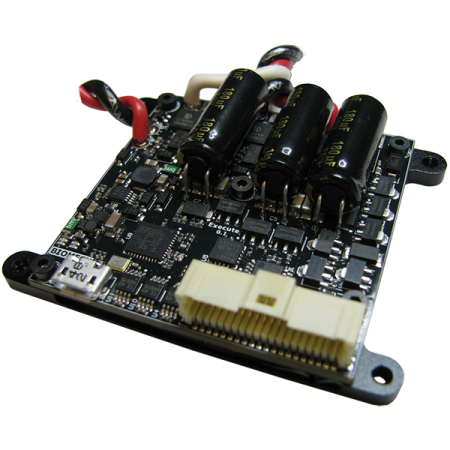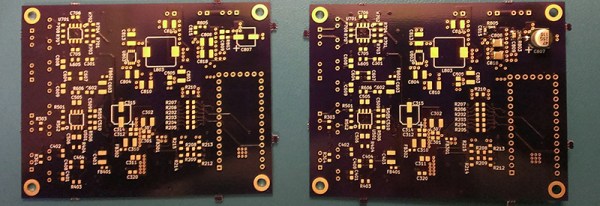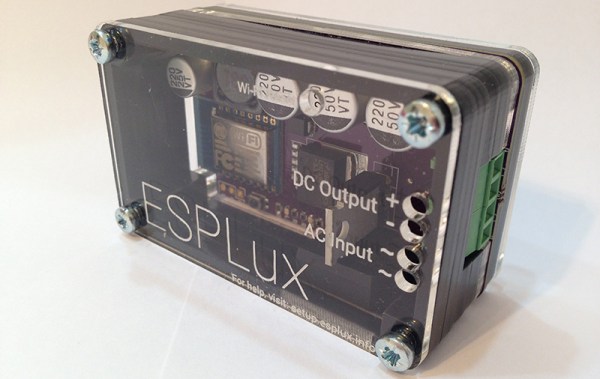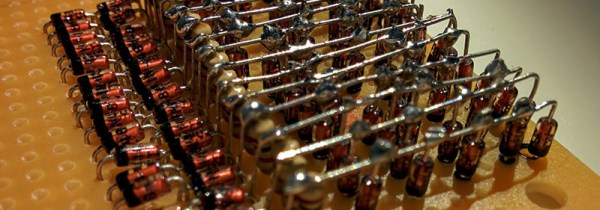While Mumbai and Bengaluru have an active and large hacker community, New Delhi, India’s capital, seems to have leapfrogged ahead when it comes to hackerspaces – four at last count. So when the latest one in town, Maker’s Asylum, opened it’s doors last month, we decided to put together a hacker congregation to bring the community together and introduce them to the Hackaday Prize. Having already done Hackaday Prize bring-a-hack events in Mumbai and Bengaluru, we thought of doing something more substantial – a day long KiCad EDA workshop followed in the evening by a Show-n-Tell brag show.
Hackaday’s [Matt Berggren a.k.a. @technolomaniac] has done a couple of “Design a PCB from zero to WiFi with Hackaday!” Eagle EDA workshops recently. He designed a simple breakout board that allowed connecting an ESP-01 module to the USB port via an USB-UART cable with level conversion, pull up resistors and push button switches to make it easy to program. We had a slightly delayed start, so I quickly rushed through the awesome presentation that [Matt] has prepared, running through the “What is a PCB?” section and skipping the rest. We also discussed a couple of candidate designs for the day’s workshop – a pair of ATtiny line following robots, a simple Attiny SmartLED controller, but eventually, everyone got excited when I mentioned “ESP-8266” !
Continue reading “Hackaday Prize Worldwide : New Delhi Kicad + Show And Tell”

